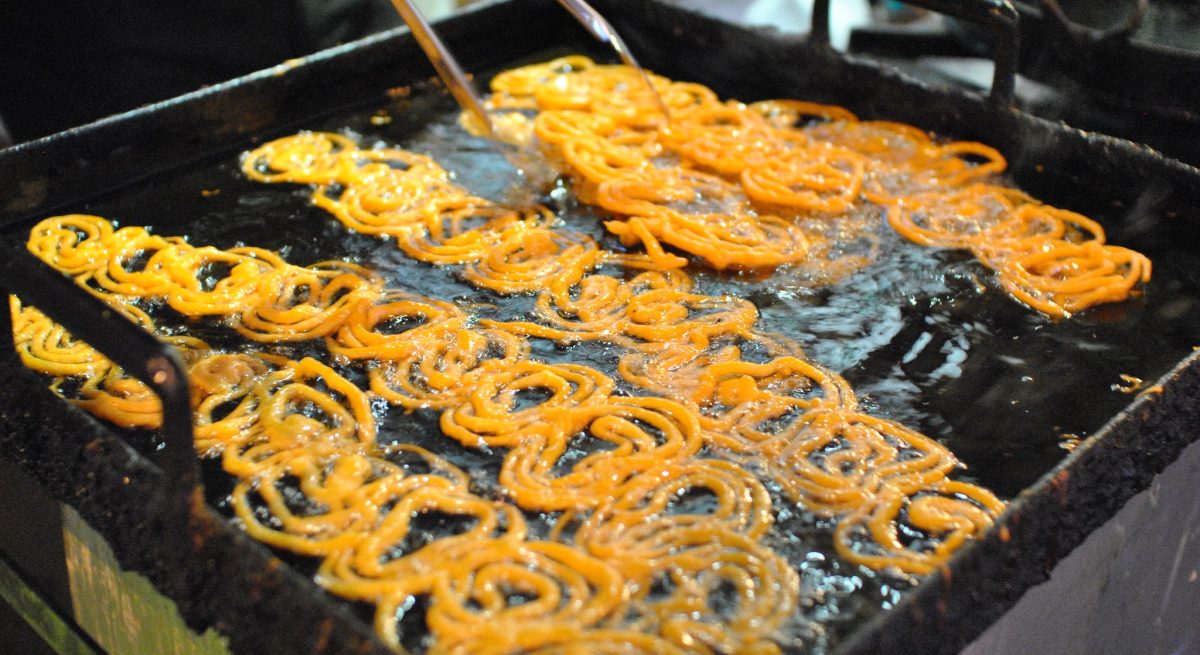Trash or Treasure? Used Cooking Oil’s Golden Allure Isn’t Just About its Color
4 Min Read By Carla Simons
A garage sale’s success depends on the saying, “one person’s trash is another’s treasure.” Who could imagine the same could be said of smelly, dirty, used-up restaurant grease?
Used cooking oil, sometimes referred to as “liquid gold”, turns out to be an extremely valuable resource for both restaurateurs and refineries — and thieves. Each year, grease thieves steal $75 million worth of used cooking oil and kitchen grease from foodservice establishments, estimates the North American Renderers Association (NARA, formerly NRA for National Renderers Association). Larger cities report dozens of thefts each month, with arrests ranging from minimal sentences to imprisonment and hefty fines.
Stealing Grease is a Crime? In North America, approximately 4.4 billion pounds of used cooking oil is generated annually from restaurants and other foodservice businesses. That’s a lot of waste product coming from a steady diet of fries, chicken tenders and an…
Sorry, You've Reached Your Article Limit.
Register for free with our site to get unlimited articles.
Already registered? Sign in!

